The percentage of US consumers utilizing technology to handle their finances surged from 58% to 88% in 2021. This means that more people are using Financial Technology than social media. It needs to catch up to the Internet as one of the most widely embraced consumer technologies. With so many individuals utilizing it, the world of finance is beginning to reshape. People have easier access to money and more things they can do. It offers new ways to share, save, invest and manage money. This will improve the lives of those exposed to it and help those underserved by traditional financial options. With widespread adoption, it is clear that it will take hold.
What is Fintech?
Fintech is a fusion of finance and technology. It guides any app, technology, or software that facilitates people or businesses to access, manage, or gain financial insight or conduct financial transactions digitally. Over the past decade, as consumers increasingly embrace digital tools, It has emerged as a means to help consumers meet their economic challenges and advance toward their financial goals.
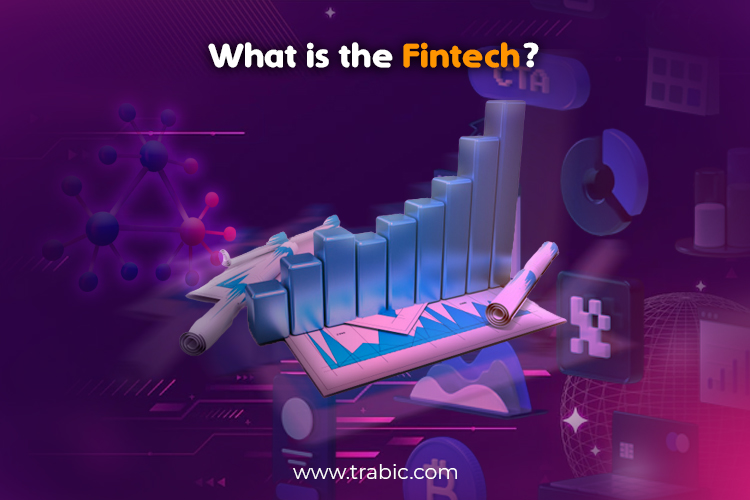
As a result, consumers have turned to Financial Technology for various uses, from banking and budgeting to investing and lending. Consumers report many benefits of using it, including financial and time savings and reduced stress.
Fintech industry overview
The industry has witnessed outstanding development over the last few years. The number of Financial Technology startups in the Americas grew from 5,868 in 2018 to 10,755 in 2021. During the same year, global Financial Technology funds acquired a record $132 billion, accounting for 21% of venture capital. 2021 saw record funding across all major it categories. This shows a broad interest in the industry.

Given these numbers, there are many predictions about the industry’s following significant trends, such as increased use of artificial intelligence to reduce the risk of fraud, increased financial inclusion, and further expansion of embedded finance. Nevertheless, weak investment in the first quarter of 2022 (down 18% from the previous quarter) has dampened the industry’s extended rosy outlook, leading many to believe a pandemic-driven market correction is needed.
How does Fintech work?
Financial Technology apps come in several flavors and work in different ways. One way Financial Technology works are by securely unlocking financial account data (such as transactions and account balances). Use an app or service that enriches or performs actions that enhance that data. For example, a wealth and financial management app aggregates financial account data for different accounts into one easy-to-read snapshot, presenting users with all financial information in one convenient place. These same apps may also offer suggestions that users can take to improve their financial situation based on the data available.
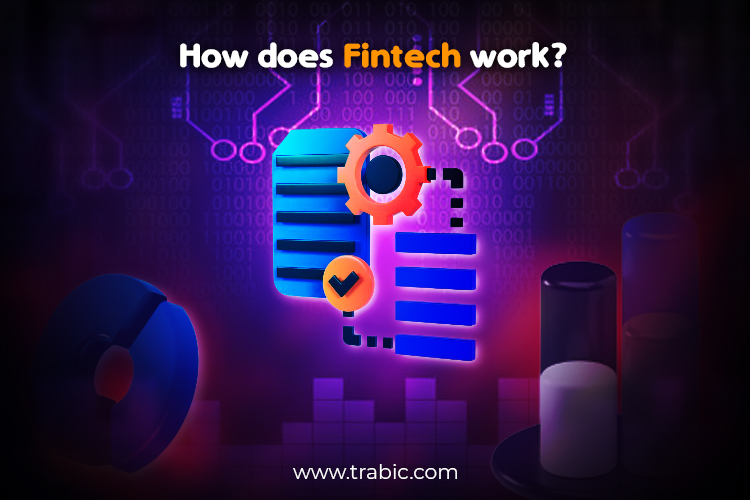
Another method Financial Technology apps function is funding individual accounts from existing bank accounts and then utilizing those funds to trade stocks, cryptocurrencies, and more. Robinhood and Coinbase are prime examples of how users can quickly and easily transfer funds from one bank account to another, where they can make various investments. Several types of “plumbing” are required for Fintech apps to work.
APIs
Financial APIs (Application Program Interfaces) securely and reliably connect consumer bank accounts to Financial Technology apps and services, allowing them to share financial data, transfer funds, and verify identities.
Mobile applications
Most Fintech companies offer mobile apps to access funds and insights anytime. Whether it is a digital banking app, financial management tool, or investment platform, mobile apps are almost synonymous with Financial Technology .
Web-based solutions
In addition to offering mobile apps, some (but not all) Fintech companies allow users to log in via their web browser and perform the same functions as they can on mobile apps. We also offer web-based solutions. With the capability of APIs to securely open financial data and suitable mobile apps, Fintech has transformed most people’s daily lives. For example, friends and family who want to send money to each other are more likely to use Cash App or PayPal rather than exchanging cash or checks in person or by mail.
The impacts of Fintech
Financial Technology has carved out a significant space in consumers’ everyday lives by unlocking various financial services across different use cases. In fact, according to a Plaid survey, 8 out of 10 Fintech users say Fintech is seamlessly integrated into their daily lives, and the vast majority of Gen Z (66%) say that traditional financial. They trust Fintech for financial information more than institutions (63%).
Financial Technology provides convenience, lowers consumer fees, and provides millions of unbanked people worldwide access to financial products such as savings accounts and investment services for the first time. It also helps promote economic freedom. In addition, many financial institutions now use non-traditional data (such as income and rent payment history) to assess creditworthiness more accurately.
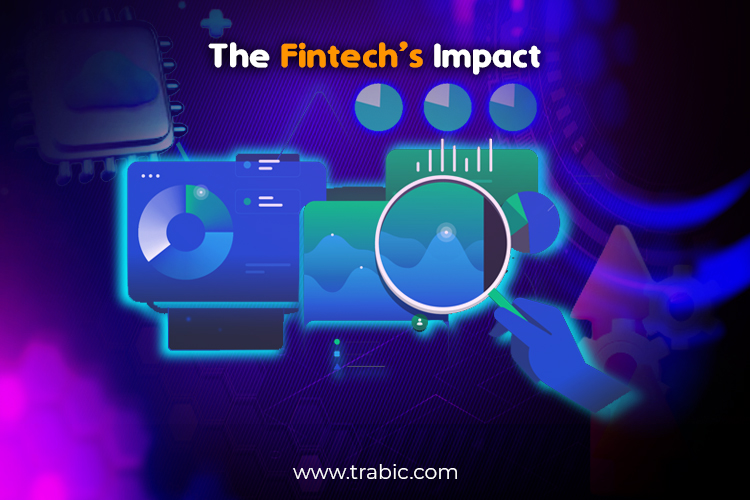
The same research cited above shows that Fintech is making finance more inclusive and social. Among Hispanics in the United States, for example, Financial Technology use has outstripped traditional banking, with 7 out of 10 US consumers saying that Fintech has made finance a part of everyday conversations. He says he is part of it. The exact figures also say that the more you use Fintech, the more confident you will be with your finances.
Fintech helps consumers change their habits and understand their financial situation and available options, giving them the confidence to take action and achieve better financial results. This makes it possible to perform previously complex acts (such as investing in a mobile phone). This paves the way for a more economically accessible and equitable future.
Leading Fintech company
During the past few years, Financial Technology organizations have dominated consumer finance with various products. For example, Prosper, the first peer-to-peer lending marketplace in the United States, strives to elevate financial well-being by providing borrowers access to inexpensive credit. Another of his prominent peer-to-peer lending platforms, SoLo Funds, is devised to assist people in cracking short-term cash flow challenges without resorting to predatory financing options like payday loans.
Companies like Chime have disrupted traditional banking by offering fee-free banking services and features that help customers avoid overdraft fees. Similarly, Bridget is an app that allows members to build financial health by providing members with budgeting tools, interest-free cash advancements, automated updates, and a centralized picture of their money. We provide computerized savings tools to help you spend with confidence while meeting your goals.
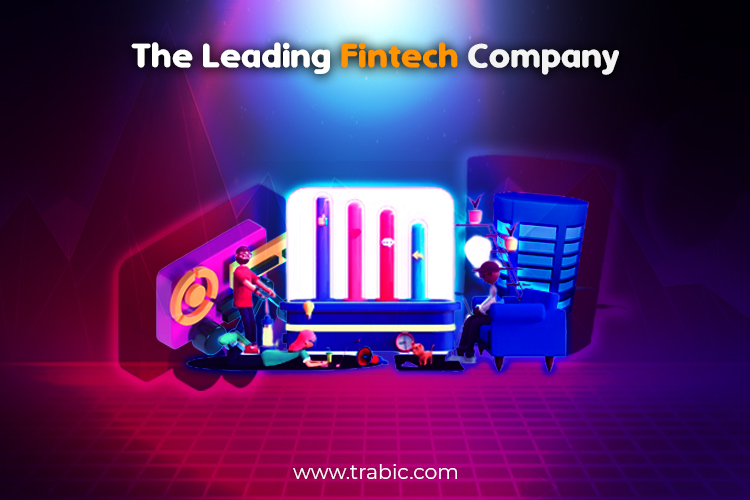
Other companies offer targeted solutions for specific markets. Carvana empowers customers to browse, finance and trade used cars, transforming how consumers purchase used vehicles and building a link between Financial Technology and the automotive market. These and others are driving the innovation and evolution of the market, with some innovations (for example, fee-free banking services) becoming table stakes across sectors.
As Financial Technology companies create positive change, traditional financial institutions are more willing to improve. For example, Wells Fargo recently announced an additional one-day grace period program that gives customers an extra day to make deposits to avoid overdraft fees. Fintech banks will create standards that will make overdraft fees more avoidable, and financial institutions will follow suit, helping to create a financially sound environment for all.
Fintech is democratizing financial services.
Overall, Financial Technology growth and innovation are bringing more and better financial services to consumers, including those who have been historically forgotten. Mid-2021 Federal Reserve figures show 13% of the US population is still “not adequately banked,” while 5% are entirely “unbanked.” Yes, their numbers are increasing dramatically in other parts of the world.
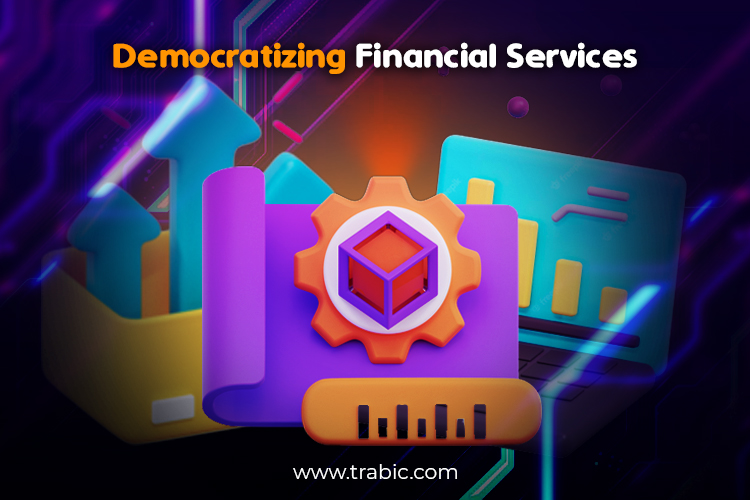
Fintech democratizes financial services by making them accessible to all consumers, especially the unbanked and unbanked. Fintech allows you to quickly open a bank account on your mobile phone using various Financial Technology apps. Most Fintech banks offer free checks, overdraft protection, and early access to paychecks (similar to the standard for Fintech banks like Varo and Chime). This access allows consumers to choose predatory financial services like check cashing and payday loans. By democratizing permissions to financial services, Fintech has produced more opportunities for consumers to enhance their financial health and lives. No wonder all eyes are on where Fintech is headed next.
Types of Fintech companies
Mobile banking and neo banks
Mobile banking is at the heart of many financial technology companies. Consumers increasingly demand easy access to their bank accounts in personal finance, especially on their mobile devices. Most major banks now offer mobile banking functionality, especially with the rise of digital-first banks (neobanks). Neobanks are:
- Banks without physical branches.
- Offering customers checks.
- Savings.
- Payment services.
- Loans over a mobile and digital infrastructure.
Numerous banks also let third-party software applications access your financial information, which is known as open banking. Examples of Fintech banks or neobanks include Chime, Current, Aspiration, and Varo.
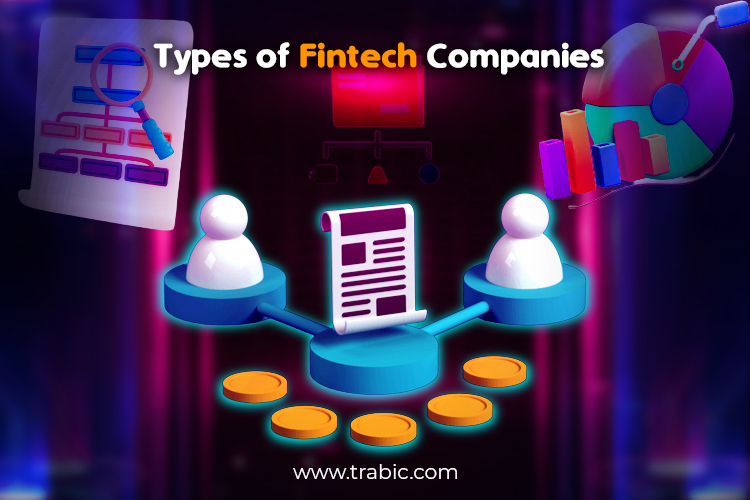
Virtual currency Fintech
Cryptocurrencies and blockchain intersect with Fintech in many ways. Numerous crypto trading platforms have appeared in current years that authorize users to trade diverse cryptocurrencies and benefit from decentralized exchanges. Several crypto wallets have also emerged to keep people’s digital currencies safe. Additionally, several Financial Technology companies use blockchain technology for payment processing, money transfers, and secure digital identity administration. Examples of cryptocurrency Fintech organizations include Blockfi, Coinbase, and SALT.
Fintech investment and savings
It has exploded in investment and savings apps in recent years. Companies like Robinhood, Stash, and Acorns are removing more barriers to investment than ever before. These apps have different approaches, but they use a combination of savings and automated micro-investment methods (such as instant round-up deposits at the time of purchase) to introduce consumers to the market.
Machine learning and trading
Predicting where the market is going is the holy grail of finance. With billions of dollars being generated, it is no surprise that machine learning is playing an increasingly important role in Fintech, especially trading. The potency of this AI subset in finance lies in its capacity to operate large amounts of data through algorithms designed to identify trends and risks, enabling consumers, businesses, banks, and other organizations to reduce the risk of investments and purchases.
Payment Fintech
Payments companies have changed the way we all do business. Sending money digitally anywhere in the world has always been challenging. In complement to Venmo and Cash App, prevalent payment providers include Paypal, Zelle, Stripe, and Square.
Fintech lending
Fintech is also redefining credit by streamlining risk assessments, speeding up approval processes, and making access easier. Billions of individuals worldwide can now apply for loans on their mobile devices, and the latest data points and risk modeling capacities are extending credit to the underserved.
Moreover, buyers can ask for credit reports numerous times a year without reducing their scores, making the entire backend of the lending industry more transparent for everyone. Notable companies in the Fintech lending space include Tala, Petal, and Credit Karma.
Insurtech — insurance Fintech
Insurtech is fast becoming its industry, but it still falls under the umbrella of Fintech. The insurance industry needs to be faster to adopt technology, so many Fintech startups are partnering with traditional insurers to help automate processes and extend coverage. The industry is eyeing several innovations, from mobile auto insurance to wearables for health insurance. Notable Insurtech companies include Lemonade, Kin, and Insulify.
Fintech trends
Fintech is not a new industry. It is a very rapidly evolving industry. Technology has always been part of the financial world to some degree. The decades that followed included the introduction credit cards, ATMs, electronic trading floors, personal finance apps, and high-frequency trading. However, the Fintech industry has accelerated its growth over the past decade. Notable Fintech trends include:
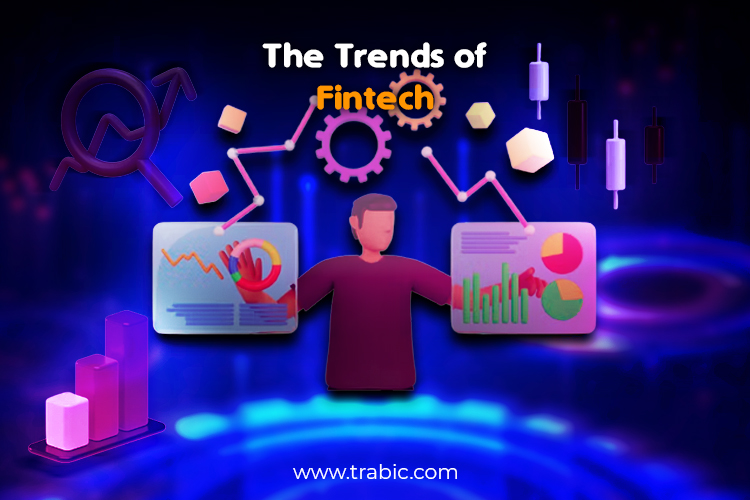
Digital wallet
Digital wallets such as Apple and Google Pay allow you to store your payment information in a mobile app and use that app when you pay for something. Digital wallets have been around for years, but their use is still rising.
Blockchain in Fintech
Blockchain, a public ledger that can record the ownership, provenance, and movement of digital assets, will continue to impact the financial industry. First, the proliferation of ledger technology and smart contracts will go a long way in making the industry safer and more efficient.
Embedded finance
Embedded finance is a term that refers to the integration of Fintech tools into service points by non-financial businesses. Examples include a payment processing terminal in a coffee shop or a “pay now” button on an e-commerce store checkout. This integrated finance stack gives your customers a smoother and more flexible experience.
Serving traditionally underserved people
Fintech’s overriding promise is that technology will make it more comfortable to deliver financial services to individuals who formerly had little or no access. Several Fintech companies aim to remove long-standing barriers to make it easier for people (usually young and people of color) to save, invest and build wealth.
Is Fintech safe, and what does it bring to the future?
Getting involved in Fintech (especially in the Wild West realm of cryptocurrency and blockchain technology, many of which remain largely unregulated) can expose you to unwanted or unexpected threats. The idea that Fintech companies adhere to higher moral standards than big banks has proven almost illusory. As Fintech expert Ron Shevlin points out, banks and customers engaged in “Fintech fetishism” (the excessive optimism associated with early iterations) are now facing many promising startups. It is wise to approach flashy but unproven Fintech and its lofty promises with a healthy dose of skepticism.
As digital data becomes more pervasive and integral to our daily lives, so do the massive security snafus. Recent hacks, including a high-profile Bitcoin heist, have made the public aware of these risks.

There has yet to be an agreement on how secure Fintech solutions are. Given the scope and scale of Fintech adoption, such guarantees will likely take time. However, consumers are wise to be cautious. In an E&Y survey, 71% of Fintech adopters agreed, “I am concerned about the security of my data when doing business with businesses online.” It has yet to be discovered what Fintech innovations are on the horizon. The disruption caused by the pandemic exacerbates this uncertainty.
Fintech companies, like their customers, are struggling financially. Some companies have been forced to cut jobs or furlough others, while others struggle to secure investor funding. At the same time, the demand for Fintech has probably remained the same. Businesses and bank customers increasingly rely on technology to navigate their financial lives.
Despite the current economic uncertainty, more significant, longer-term trends regarding the future of Fintech remain relatively intact. Integrations, partnerships, and continued collaboration between traditional banks and Fintech are imminent. Consumers can expect to see a continued emergence of companies touting services worthy of bright headlines, such as blockchain, cryptocurrencies, artificial intelligence, and peer-to-peer trading.
